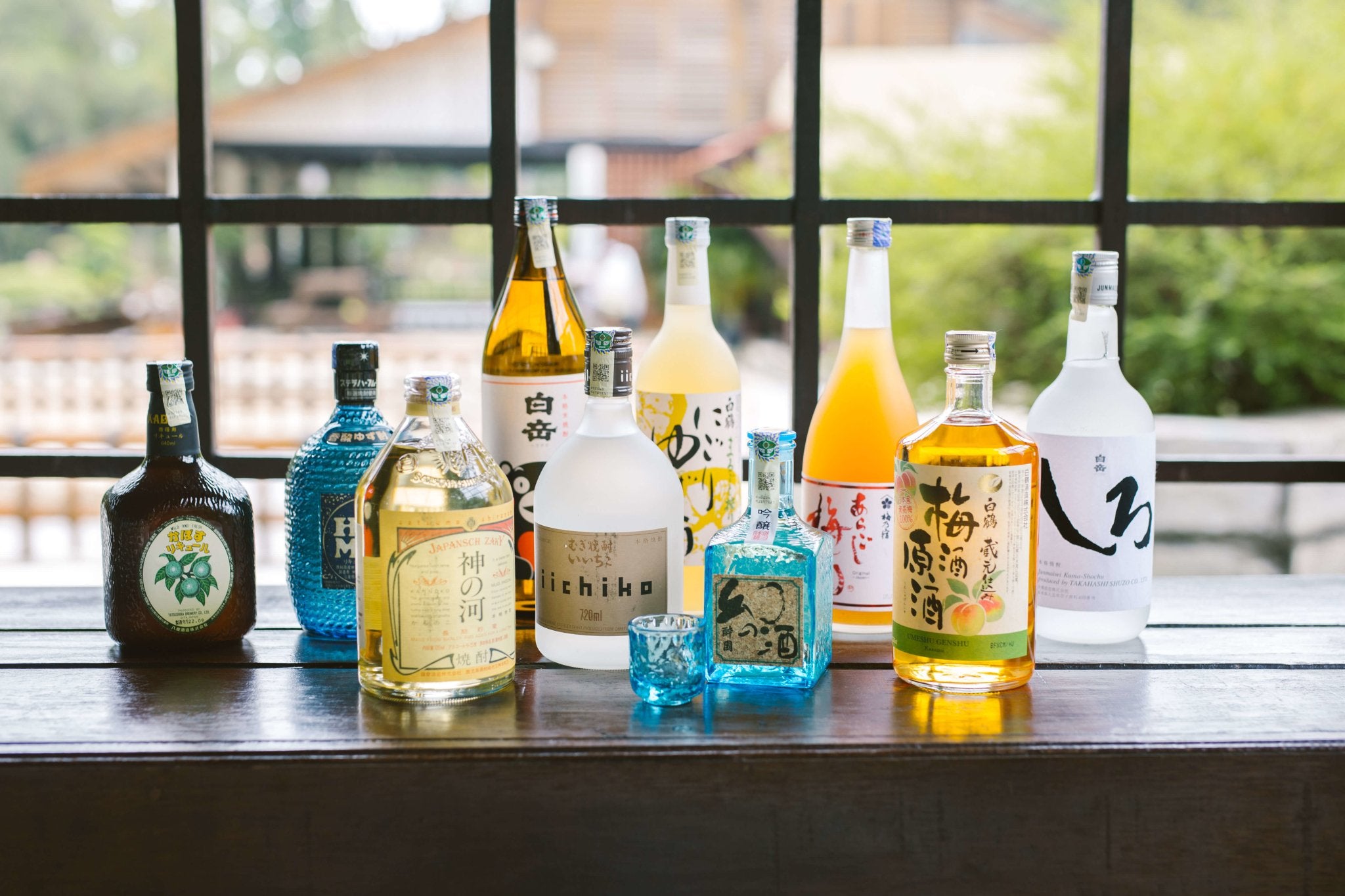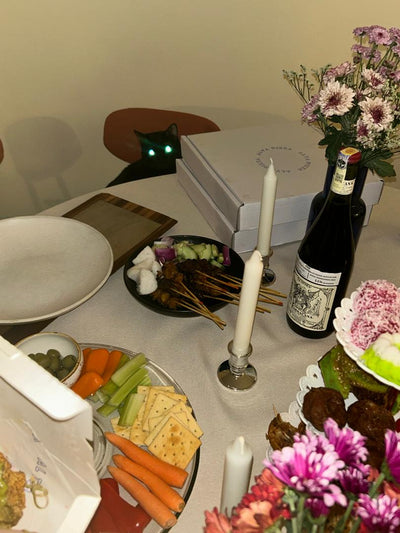Sake vs. Shochu vs. Soju: Exploring the Differences

When it comes to Japanese and Korean alcoholic beverages, there are three distinct options that often get confused: sake, shochu, and soju. While all three drinks have some similarities, they also have many differences that set them apart. In this article, we'll explore the unique characteristics of each beverage and help you understand what makes them different.
Sake: The Rice-Based Drink
Sake is a Japanese alcoholic beverage made from fermented rice. It is often referred to as rice wine, but it's actually more similar to beer in terms of how it's made. Sake is brewed using a combination of rice, water, yeast, and koji (a type of fungus). The fermentation process takes around a month and results in a drink that is typically around 15-20% alcohol by volume (ABV).
Sake has a delicate and complex flavor profile, with notes of rice, fruit, and floral tones. It is usually served at room temperature or slightly chilled, and is often enjoyed with sushi or other Japanese cuisine.
Shochu: The Distilled Spirit
Shochu is a Japanese distilled spirit that is made from a variety of different ingredients, including rice, barley, sweet potatoes, and more. Unlike sake, shochu is distilled, which means that the alcohol is extracted from the ingredients through a heating and cooling process.
The resulting drink is usually around 25-30% ABV, although it can be as high as 45% in some cases. Shochu has a bold and distinct flavor profile, with each variety offering unique tastes and aromas. It is typically enjoyed on the rocks, with water, or mixed into cocktails.
Soju: The Korean Distilled Spirit
Soju is a Korean distilled spirit that is similar to shochu in many ways. Like shochu, it is made by distilling a variety of different ingredients, including rice, barley, sweet potatoes, and more. However, soju is typically distilled to a higher alcohol content than shochu, with most varieties sitting at around 20-25% ABV.
Soju has a smooth and clean taste, with subtle hints of sweetness and a slightly bitter finish. It is often served chilled, and is a popular accompaniment to Korean barbecue and other savory dishes.
The Bottom Line
While sake, shochu, and soju may all fall under the umbrella of Japanese and Korean alcoholic beverages, they are each unique in their own way. Whether you prefer the delicate flavors of sake, the boldness of shochu, or the smoothness of soju, there is a drink out there for everyone. So the next time you're looking to try something new, why not explore the world of Japanese and Korean spirits?



